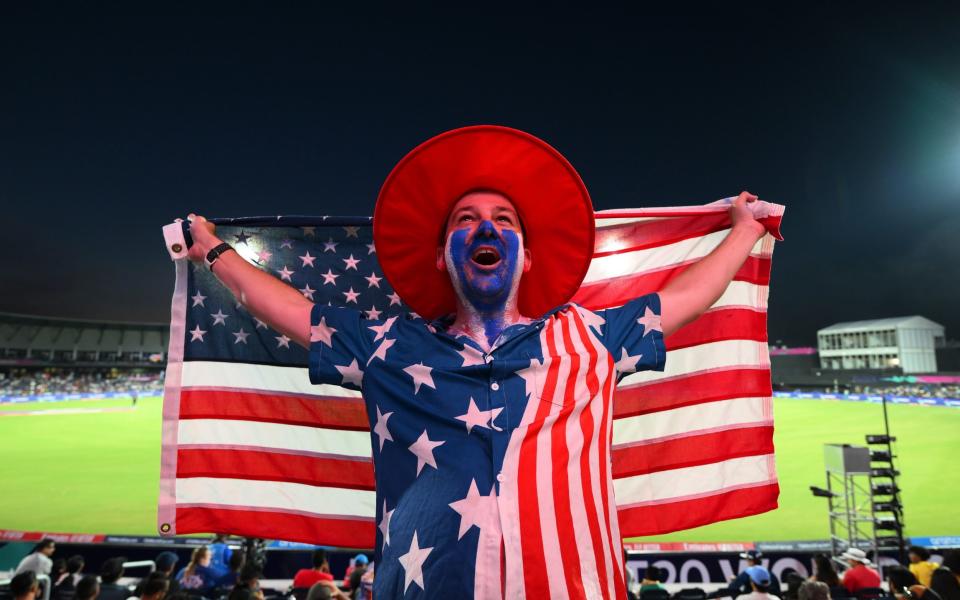
Cricket is not trying to conquer America anew; it is trying to revive a game that already died there once.
In New York in 1844, the USA hosted Canada in what is considered the first international team fixture in any sport. About 10,000 watched over the two days. Now, 180 years on, this fixture opened the 2024 Twenty20 World Cup in Grand Prairie Stadium, Texas, with the hosts winning by seven wickets.
Until the American Civil War broke out in 1861, cricket was America’s most popular game. Around 1900, the US boasted one of the best bowlers in the world: Bart King, a swing bowler who imported techniques from baseball pitchers. “One who, at the top of his power and speed, was at least the equal of the greatest of them all,” judged Plum Warner, the former England captain who played frequently against King. In both 1893 and 1912, the Gentleman of Philadelphia defeated near full-strength Australian sides, who were returning from Test tours of England. The USA might well have been the fourth best side in the world at this point.
Yet like Ratchett in Murder on the Orient Express, American cricket was not killed by one hand alone. It was gravely damaged by the American Civil War. Baseball was a simpler game for soldiers to play, and then invented a mythology as being a wholly American game, no matter that it was also an English import. While cricket continued to thrive in Philadelphia – there were around 100 cricket clubs in the city in 1900 – American cricket was further hampered by the sport’s global administration.
The first global governing body for the game was established in 1907: the Imperial Cricket Conference. By its very name, the Imperial Cricket Conference locked out nations outside the British Empire, barring them from Test status. For much of its history since, American cricket has been tantamount to a secret society.
Perhaps no longer. Taking 16 matches in the T20 World Cup to the USA, the first ever global event staged in the country – the other 39 games will be played in the West Indies – represents the greatest attempt yet to grow the sport here.
“There’s a great vibe around,” said the US pace bowler Ali Khan, whose yorkers previously earned him an Indian Premier League contract and who took a wicket in his team’s opening win over Canada. “We’re gonna get a whole new exposure for the game of cricket in this country. The game has never been covered in media like this before. So it can only get better from here.”
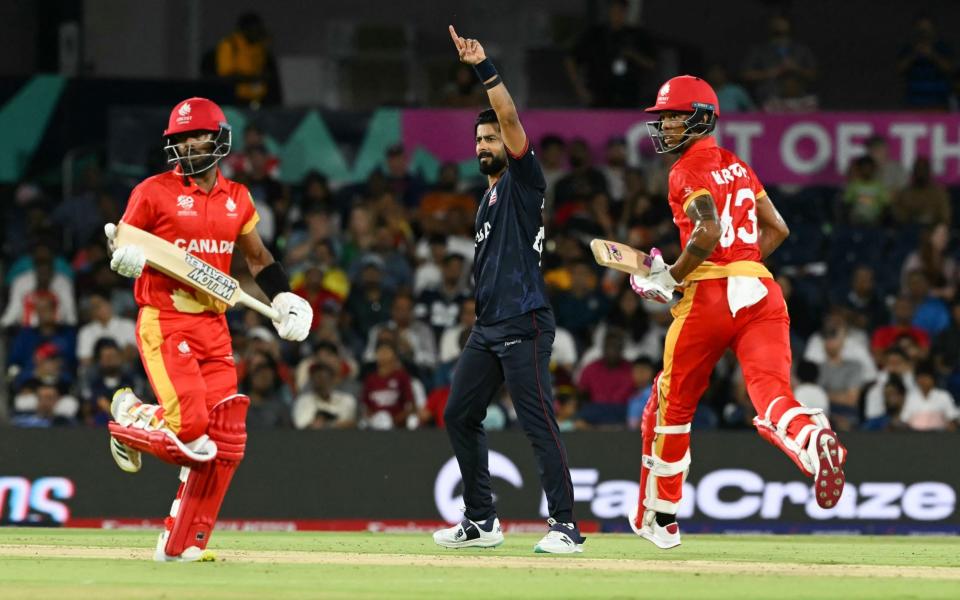
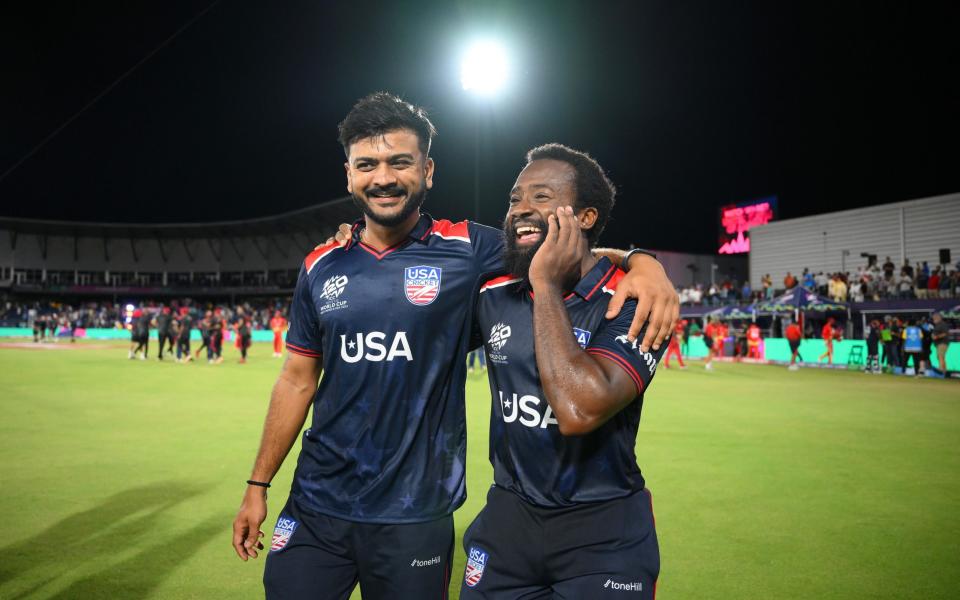
For fans in the US, the notion of World Cup matches being played in the country is a little surreal. “There is excitement in the air,” said Amit Bhatia, president of The Wanderers New York Cricket Club, ahead of the competition. “It’s great to see teams like the Indian cricket team practice and play in New York for the first time.”
Yet there is some unease that the World Cup is more about monetising the interest that already exists, particularly from the South Asian diaspora, than engaging new supporters.
“It’s very transparent that objective number one from this is to get as much money as possible from the existing fan base,” offered Peter Della Penna, a leading US cricket journalist and broadcaster. “There has been scant effort to market and engage with casual sports fans who haven’t been engaged with cricket before.”
Eisenhower Park, the 34,000-seater venue in New York, will be the centrepiece of cricket’s American gambit this summer. Yet all matches at the ground, even on weekdays, start at 10:30 local time: ideal for those watching in India, when it will be 8pm, less so for those who need to travel 30 miles from New York City. How many uninitiated in cricket will make the trip is unclear.
“I am yet to see a huge buzz from locals and non-cricketing background people,” said Hari Sundaragopalan, the president of Gotham Cricket Club in New York. “A lot of the city locals would be a bit unaware.”
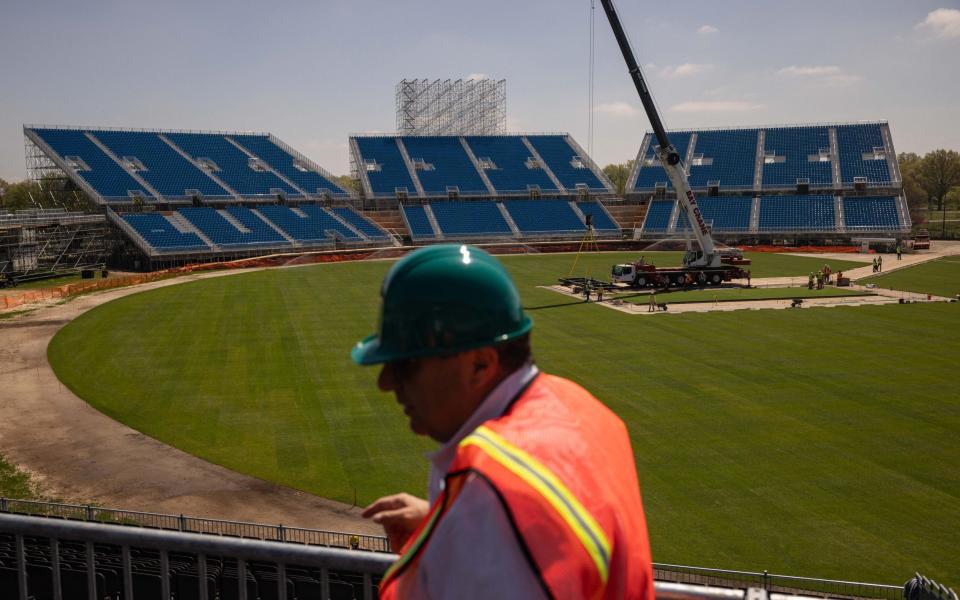
Sundaragopalan also lamented how ticket prices – which have gone for hundreds of dollars for India’s matches – have put off potentially curious new fans. “Not everyone is going to be able to afford this. And on top of that, the fact that they would have to take the day off, travel from the city to Long Island and watch the game is a tough sell.” Newcomers intrigued by the tournament, but without the time or money to go and see it, will not be able to watch it easily either. All matches are live on Willow TV, a specialist cricket channel.
Willow TV is believed to have well over a million subscribers: a microcosm of the interest in cricket that already exists in the US. Demographic change means that the number of Americans with an interest in cricket has soared. There are now around 6.5 million Americans descending from cricket-playing nations either in South Asia – who provide the bulk of this figure – or the Caribbean. The US is already a significant market: broadcasting rights for ICC events in the US are thought to be the fourth most lucrative in the world, behind those for South Asia, England and Australia.
America’s team is also stronger than ever before. Local players now benefit from playing in Major League Cricket, which launched last year. Co-founded by The Times of India Group, the league’s investors include the chief executive of Microsoft. ICC rules allow players to represent nations that they have resided in for three years.
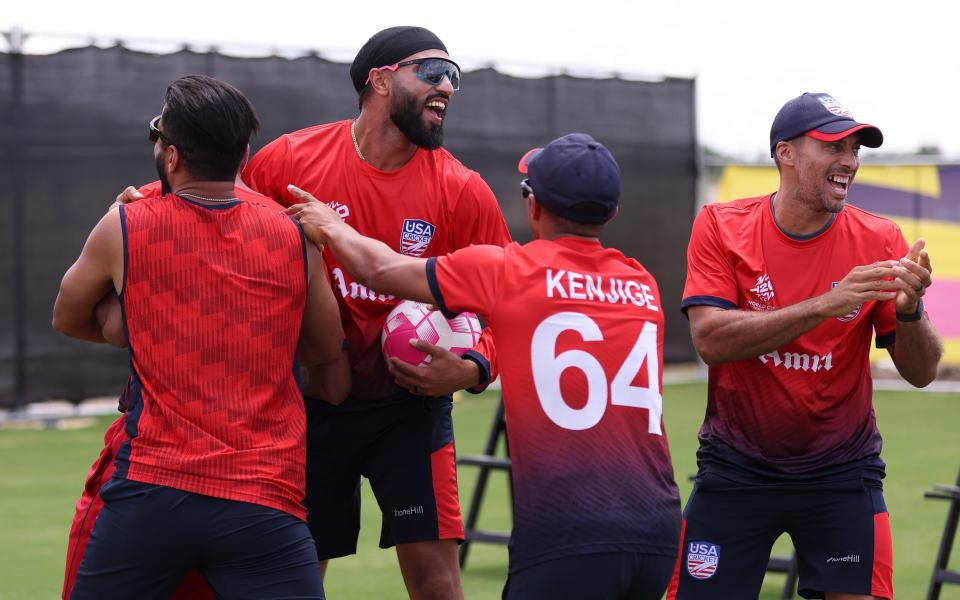
Corey Anderson, who played for New Zealand in the 2015 ODI World Cup final and Harmeet Singh, a former India U-19 captain, will both play for the US in the World Cup. Two recent victories over Bangladesh highlighted the USA’s potential. By the end of the decade, the side could conceivably be ranked around 10th in the world in T20.
Joseph O’Neill wrote about cricket’s American dreams in his acclaimed novel Netherland, published in 2008. He is now vice-president of Staten Island Cricket Club.
“It’s hard to say what lasting effect, if any, the World Cup will have on US cricket,” O’Neill says. “Serious grassroots investments need to be made to develop the game. That means proper cricket fields – there isn’t a single one in or near New York – and ideally a collegiate level of the game. Fund scholarships, build cricket fields, give local and international students a way to develop their skills.” Yet there is no indication that the World Cup will lead to any new investment in such grassroots facilities.
One senior cricket administrator, who has previously been involved in US cricket, makes an unflattering contrast between the grassroots work that accompanied the 1994 Football World Cup and this year’s T20 World Cup. The stadium in New York is a pop-up venue, and will be disbanded after the World Cup finishes.
“I just don’t see this being something that’s going to break the market like the Fifa World Cup did,” he said. “I use the analogy of the circus coming to town. You build it, everyone gets excited and you have India play Pakistan – it’s great. And then you take the tent down, you take the ground down and it’s gone.
“I just don’t have any confidence that there’s going to be a sustainable impact which is kind of the reason why you do this stuff – to leave an impact in a new market. So you’ve got to ask what the legacy will be.”
Article courtesy of
Source link